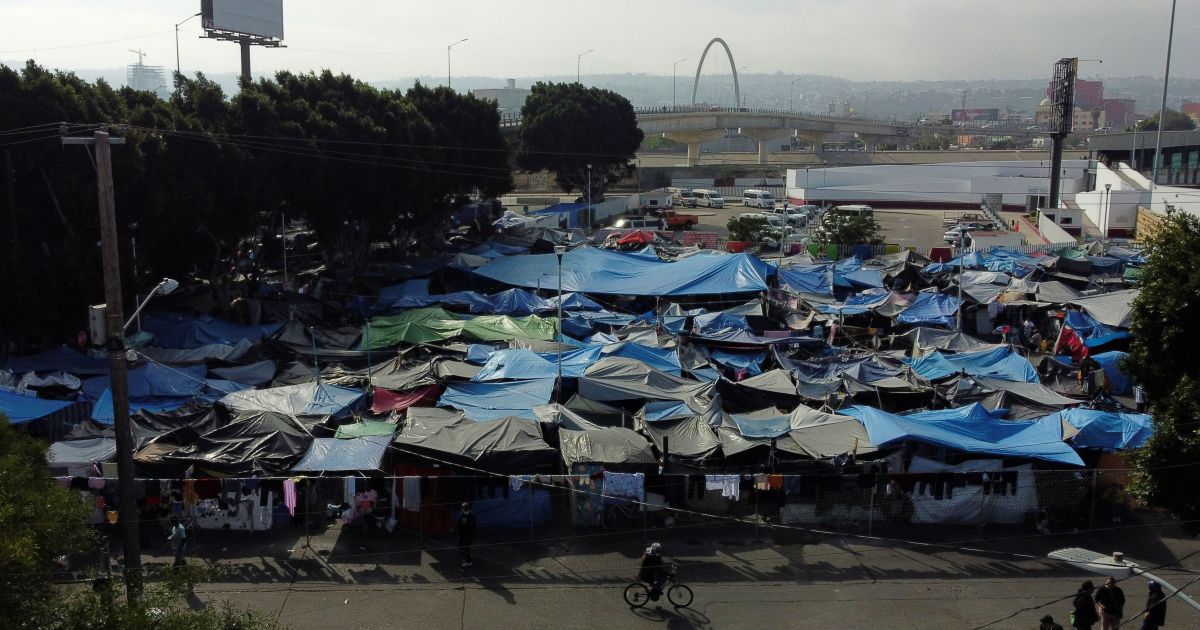Charting New Zealand’s Vaccine Rollout

Marc Daalder
Marc Daalder is a senior political reporter based in Wellington who covers Covid-19, climate change, energy, primary industries, technology and the far-right. Twitter: @marcdaalder.
Covid-19
How many people have been vaccinated in New Zealand? How does that stack up with the rest of the world? Newsroom presents a weekly dashboard of everything you need to know about our country’s vaccine rollout.
In the past week, New Zealand administered an additional 272,277 doses of the Pfizer/BioNTech vaccine. While the Janssen and AstraZeneca vaccines were approved for provisional use by Medsafe in July, Cabinet has to formally decide whether or not to use them. A decision on Janssen is expected sometime in August.
Alongside 193,579 more people getting their first dose of the vaccine, an additional 78,698 New Zealanders are now fully vaccinated.
That brings the total number of people with at least partial protection to more than 1.44 million and the total number of fully vaccinated people to just under 850,000. The Pfizer vaccine is proven to provide a high level of immunity after just one dose and is up to 97 percent effective against symptomatic Covid-19 from one week after the second shot is administered.
Ultimately, the Government hopes to vaccinate as many as four million New Zealanders. In June, Medsafe approved the vaccine for use in children aged 12 to 15. However, Cabinet still has to formally decide whether to use the vaccine in this group before they become eligible (with parental permission).
So far, just over 34,000 doses have been administered to teenagers (all aged 16 and up) in New Zealand. Until recently, people aged 50 to 59 had received more vaccines than any other age group, but those in their 60s are now the leading category as Group 3 (which includes over 65s) vaccinations scale up, with those in their 70s in second place. In every age group, more women have been vaccinated than men.
The rollout hasn’t been proportionate across ethnic groups either. Even though Māori make up some 16 percent of the population, less than 9 percent of the doses distributed so far have gone to Māori. Pasifika are also slightly underrepresented, while Europeans and Asian New Zealanders are overrepresented.
In July, the Ministry of Health began releasing information about how many doses of vaccine each priority group has received. Group 1 is border workers and their families, Group 2 is those who are most at risk of catching the virus (like frontline health workers), Group 3 is those most likely to suffer severe outcomes were they to be infected (like over 65s and people with health conditions) and Group 4 is the rest of the population.
So far, the first two groups are mostly vaccinated. The latter two, however, include an estimated 3.7 million New Zealanders and are just getting started. The end of July was the first time that people in Group 4 could book an appointment.
After New Zealand came dangerously close to running out of vaccines, there has been a greater focus on ensuring that District Health Boards (DHBs) scale back their vaccination programmes if they are over-performing their plans.
However, many DHBs have failed to corral their vaccinations. The above chart shows the progress of a handful of DHBs as well as the total for all DHBs, against their respective plans. Vaccinations have continued to rise in many of these regions and, for the country as a whole, DHBs are still exceeding their plans.
Overall, the country is now over-performing DHB plans by 2 percent, down a percent from the week before. DHB over-performance isn’t evenly spread across the board, however. Some DHBs have done better – Nelson Marlborough and Whanganui, for example, have vaccinated about a quarter again as many people as they expected to. Others have struggled to meet their targets.
In the West Coast, less than 90 percent of those who were meant to be vaccinated by the end of last week had been. Northland was lagging previously, but the DHB has opened up vaccines to people over the age of 50 and seen a corresponding surge in participation. It is now vaccinating about 11 percent ahead of plan.
On a population basis, however, West Coast isn’t the worst performer. Less than 28 percent of those over the age of 14 covered by the Taranaki DHB have had even a single shot of vaccine. The Wellington and Christchurch regions are also struggling, with the Canterbury and Wellington area District Health Boards vaccinating just 29 and 30.5 percent of adults, respectively.
Here, Nelson Marlborough is in the lead, with just under 45 percent of its eligible population having had at least one dose. The next highest are Wairarapa, with 42.9 percent, and South Canterbury, with 40.2 percent.
The beginning of May marked the first time our vaccine stocks dropped. As the rollout scaled up, those stocks to fell further as we administered more doses than we imported in any given week. Now, however, our stocks are beginning to be replenished.
And there’s no doubt that the rollout is scaling up. The below chart shows the number of doses administered each week.
Last week saw us administer 10,000 more doses than the previous week, which was already a record high. The below chart shows the degree to which the rollout is scaling up or down. A positive number means we administered more vaccines in that week than the previous one and a negative number means the inverse. If the number is close to zero, it means the rollout was flat over the past week.
There are now more than 10,600 trained vaccinators, 5334 of whom have been active at some stage during the rollout.



